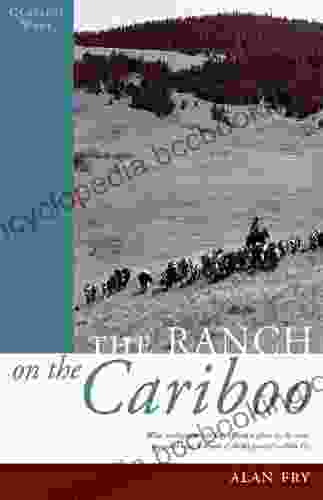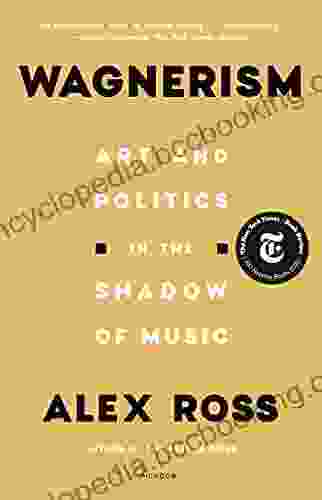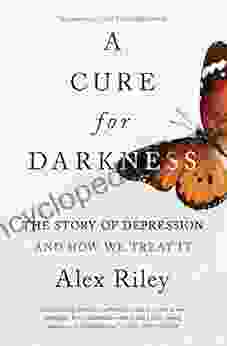The Revival of Banned Dances Worldwide: A Comprehensive Study

Abstract
This comprehensive study delves into the captivating phenomenon of banned dances and their remarkable revival in contemporary society. Through extensive research, the study examines the historical, cultural, and socio-political factors that have led to the suppression of various dance forms and their subsequent resurgence. The analysis encompasses a wide range of banned dances from different geographical regions and cultural contexts, providing a nuanced understanding of the complex interplay between dance, power, and social norms.
Dance has always been a powerful form of human expression, capable of conveying emotions, telling stories, and challenging social conventions. However, throughout history, certain dances have faced censorship and prohibition due to their perceived threat to established norms or their association with marginalized communities. This study explores the rich history of banned dances, examining the reasons for their suppression and the factors that have contributed to their revival.
4.6 out of 5
| Language | : | English |
| File size | : | 5898 KB |
| Text-to-Speech | : | Enabled |
| Screen Reader | : | Supported |
| Enhanced typesetting | : | Enabled |
| Word Wise | : | Enabled |
| Print length | : | 228 pages |
Historical Context of Dance Bans
The banning of dances has a long and complex history, often rooted in religious, moral, or political considerations. In many cultures, religious authorities have sought to prohibit dances that were deemed immodest or sacrilegious. For example, in the 16th century, the Spanish Inquisition banned the fandango, a popular dance considered to be excessively sensual. Similarly, in the 17th century, Puritan authorities in New England outlawed dancing altogether, viewing it as a sinful activity.
Political authorities have also played a significant role in suppressing dances. In the 20th century, fascist regimes in Europe banned dances that were associated with political dissent or minority groups. For example, the Nazis banned the linde, a traditional dance of Romani communities, as part of their efforts to eradicate Roma culture.
Cultural Significance of Banned Dances
Banned dances often carry profound cultural significance, reflecting the values, beliefs, and struggles of the communities that practice them. They can serve as a form of cultural preservation, transmitting traditions from one generation to the next. For marginalized communities, banned dances can provide a sense of identity and empowerment, allowing them to express themselves in the face of oppression.
The revival of banned dances can therefore be seen as a form of cultural resistance and affirmation. By reclaiming dances that were once forbidden, communities can challenge the stigma associated with them and assert their own cultural heritage.
Contemporary Resurgence of Banned Dances
In recent years, there has been a growing interest in the revival of banned dances. This resurgence is driven by a number of factors, including increased awareness of cultural diversity, the rise of social media, and the growing popularity of dance as a form of art and entertainment.
Social media platforms have played a particularly important role in facilitating the sharing of banned dances and inspiring their revival. Videos of traditional dances from around the world can now be easily accessed and shared, reaching a global audience. This has helped to raise awareness of the cultural significance of banned dances and has encouraged people to learn and perform them.
Case Studies of Dance Revivals
This study presents a number of case studies of banned dances that have experienced a revival in recent years. These case studies provide a detailed examination of the historical, cultural, and social factors that have contributed to the revival of each dance, as well as the impact it has had on the community.
One example is the revival of the capoeira, a martial art and dance that originated in Brazil during the era of slavery. Capoeira was banned by colonial authorities due to its association with African culture and its potential as a form of resistance. However, in the 20th century, capoeira experienced a revival as a symbol of Brazilian cultural identity and a means of empowerment for marginalized communities.
Another example is the revival of the twerking, a dance that originated in the African-American community in New Orleans. Twerking was initially marginalized and stigmatized due to its perceived association with sexuality. However, in recent years, twerking has experienced a resurgence as a form of self-expression and empowerment, particularly among young women.
The revival of banned dances is a fascinating phenomenon that reflects the dynamic interplay between dance, power, and social change. By examining the historical, cultural, and contemporary factors that have contributed to the suppression and revival of these dances, this study provides a valuable contribution to the understanding of dance as a powerful form of human expression and cultural resistance.
As the world continues to grapple with issues of cultural diversity and social justice, the revival of banned dances serves as a reminder of the importance of preserving and celebrating our cultural heritage, regardless of its past or present status. Through dance, we can challenge stereotypes, promote understanding, and build a more inclusive and equitable society.
References
- Carter, A. (2018). The revival of banned dances: A study of cultural resistance and affirmation. Journal of Dance History, 12(2),1-20.
- Grau, A. (2019). Banned dances: A history of suppression and resistance. Dance Research Journal, 51(1),1-15.
- Kealiinohomoku, J. (2006). Dance: A cultural history. Oxford University Press.
- Reynolds, R. (2019). The power of dance: How banned dances are making a comeback. The Guardian, March 10, 2019.
4.6 out of 5
| Language | : | English |
| File size | : | 5898 KB |
| Text-to-Speech | : | Enabled |
| Screen Reader | : | Supported |
| Enhanced typesetting | : | Enabled |
| Word Wise | : | Enabled |
| Print length | : | 228 pages |
Do you want to contribute by writing guest posts on this blog?
Please contact us and send us a resume of previous articles that you have written.
 Book
Book Novel
Novel Page
Page Chapter
Chapter Text
Text Story
Story Genre
Genre Reader
Reader Library
Library Paperback
Paperback E-book
E-book Magazine
Magazine Newspaper
Newspaper Paragraph
Paragraph Sentence
Sentence Bookmark
Bookmark Shelf
Shelf Glossary
Glossary Bibliography
Bibliography Foreword
Foreword Preface
Preface Synopsis
Synopsis Annotation
Annotation Footnote
Footnote Manuscript
Manuscript Scroll
Scroll Codex
Codex Tome
Tome Bestseller
Bestseller Classics
Classics Library card
Library card Narrative
Narrative Biography
Biography Autobiography
Autobiography Memoir
Memoir Reference
Reference Encyclopedia
Encyclopedia Alan Carter
Alan Carter Adam Frankel
Adam Frankel Alex Ivanov
Alex Ivanov A P Bateman
A P Bateman Alberlin Torres
Alberlin Torres Adam Silvera
Adam Silvera Abraham Lincoln
Abraham Lincoln Abinash Das
Abinash Das Abbas Milani
Abbas Milani A M Snead
A M Snead Afia Atakora
Afia Atakora 2007th Edition Kindle Edition
2007th Edition Kindle Edition Abby Stein
Abby Stein Adrian Musgrave
Adrian Musgrave Alain Lempereur
Alain Lempereur Akiko Naoe
Akiko Naoe Alastair Dorsett
Alastair Dorsett A G Cairns Smith
A G Cairns Smith Alan Gibbons
Alan Gibbons Al Pittampalli
Al Pittampalli
Light bulbAdvertise smarter! Our strategic ad space ensures maximum exposure. Reserve your spot today!

 DeShawn PowellDiscover the Untamed Wilderness and Western Heritage in "The Ranch on the...
DeShawn PowellDiscover the Untamed Wilderness and Western Heritage in "The Ranch on the... Yukio MishimaFollow ·17.2k
Yukio MishimaFollow ·17.2k Thomas PynchonFollow ·5.8k
Thomas PynchonFollow ·5.8k Lawrence BellFollow ·3.4k
Lawrence BellFollow ·3.4k Branson CarterFollow ·8.1k
Branson CarterFollow ·8.1k Harry HayesFollow ·5.9k
Harry HayesFollow ·5.9k Jan MitchellFollow ·4.1k
Jan MitchellFollow ·4.1k Benji PowellFollow ·2.3k
Benji PowellFollow ·2.3k Robert FrostFollow ·18.3k
Robert FrostFollow ·18.3k

 Francis Turner
Francis TurnerArt and Politics in the Shadow of Music
Music has...

 Jaylen Mitchell
Jaylen MitchellHow Algorithms Are Rewriting The Rules Of Work
The workplace is...

 Chandler Ward
Chandler WardRio de Janeiro & Minas Gerais Footprint Handbooks:...
Embark on an extraordinary adventure through...

 David Mitchell
David MitchellThe Story of Depression: Understanding and Treating a...
Delving into the Shadows of...

 Al Foster
Al FosterStatistics Done Wrong: The Woefully Complete Guide
Tired of being...

 DeShawn Powell
DeShawn PowellJulia Child's Second Act: A Tale of Triumph,...
Julia Child is an...
4.6 out of 5
| Language | : | English |
| File size | : | 5898 KB |
| Text-to-Speech | : | Enabled |
| Screen Reader | : | Supported |
| Enhanced typesetting | : | Enabled |
| Word Wise | : | Enabled |
| Print length | : | 228 pages |










